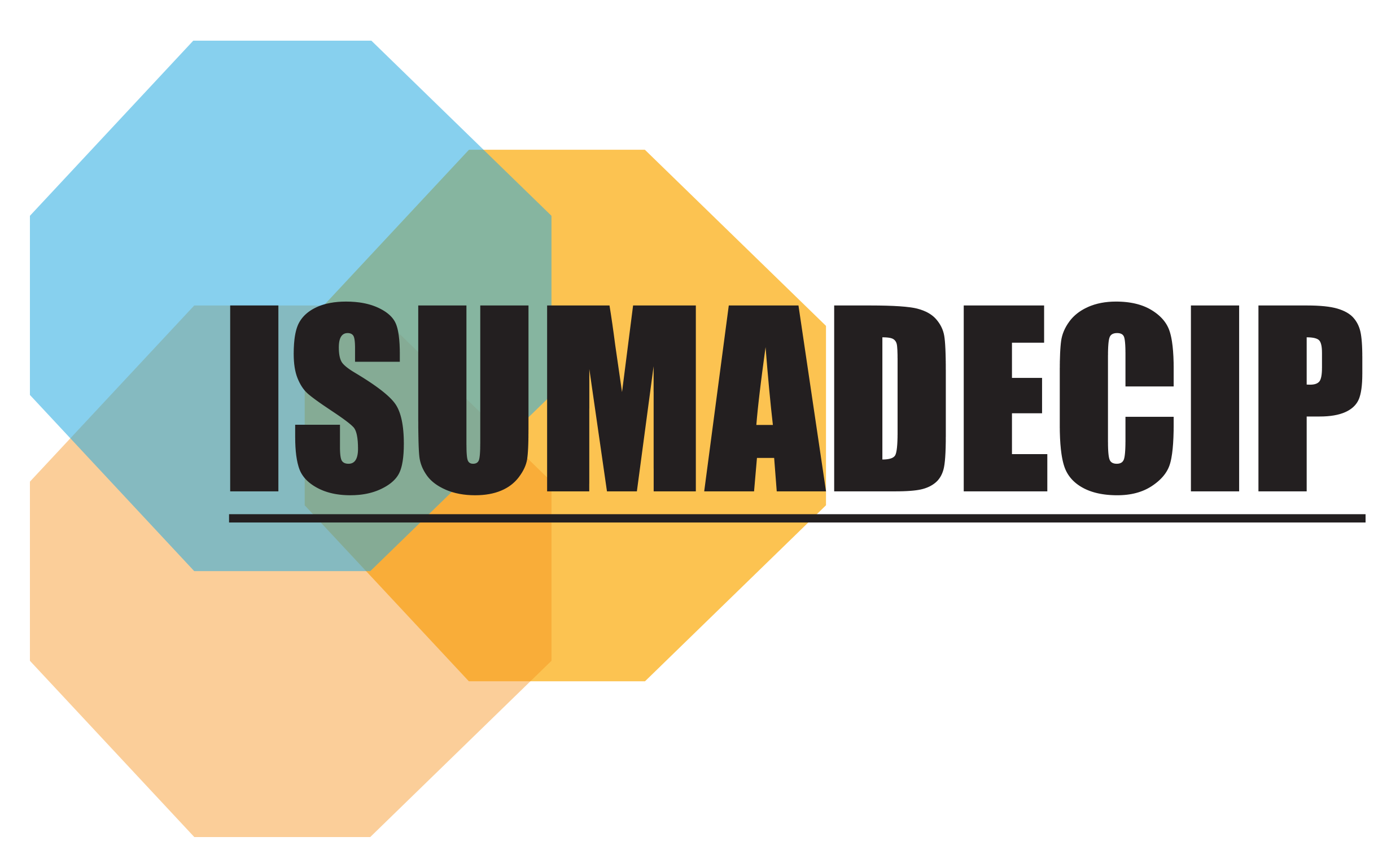Project title:
Integrated Risk Management System for Salt Exploitations in Romania – Monitoring, Forecasting and Prevention Methods, Techniques and Technologies
General description:
The project aimed to develop an integrated management system for salt exploitation in Romania - methods, techniques and technologies for monitoring, forecasting and prevention.
The proposed integrated management system has the following components: Diagnostic analysis of each site, including its sub-elements and environmental factors: salt deposit, geomorphological and geo-mining conditions; hydrological and hydrogeological conditions; extraction technology; the history of the extraction activity; the shape and volume of the underground voids and the relationships between them; studies on the stability of the cavity and of all systems; Identification and characterization of risk sources; Identification and description of risk transfer vectors from sources to receivers; Identification of pollution receptors: physical, biological, socio-economic and cultural environment that may be affected by the negative effects of pollution; Assessment of the degree of natural and anthropic risk using the markers method; Risk reduction methods: monitoring, forecasting and prevention techniques and technologies.
Duration of the project:
- 2001-2004
Funding:
- This project was included in the MENER Program, Sub-program B4 - Risk management due to the technical / technological causes caused by damages in the industry.
Partners:
- S.C. MINESA – ICPM S.A. Cluj- Napoca Romania
- Babeş-Bolyai University Cluj-Napoca Romania
- CRAIM Association Cluj-Napoca Romania, National Salt Society Bucharest Romania.
Results:
- At the end of the project, an integrated risk management system was obtained at the salt deposits in Romania, as well as new technologies and techniques for monitoring and prevention for high risk areas, adapted to the specific conditions of each warehouse, which was also a result of the Romanian research.
- The results obtained will be made available to the decision-makers, they can be used to modify the environmental legislation, in order to align it with the European standards, this purpose being necessary for the country's accession to the European Union.
